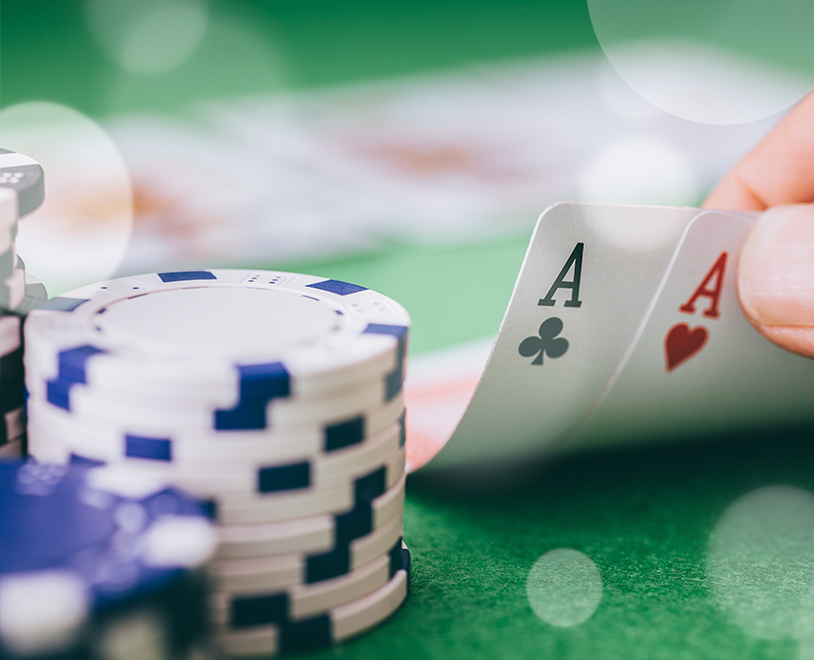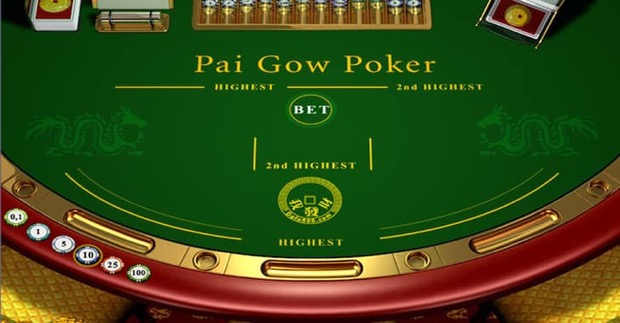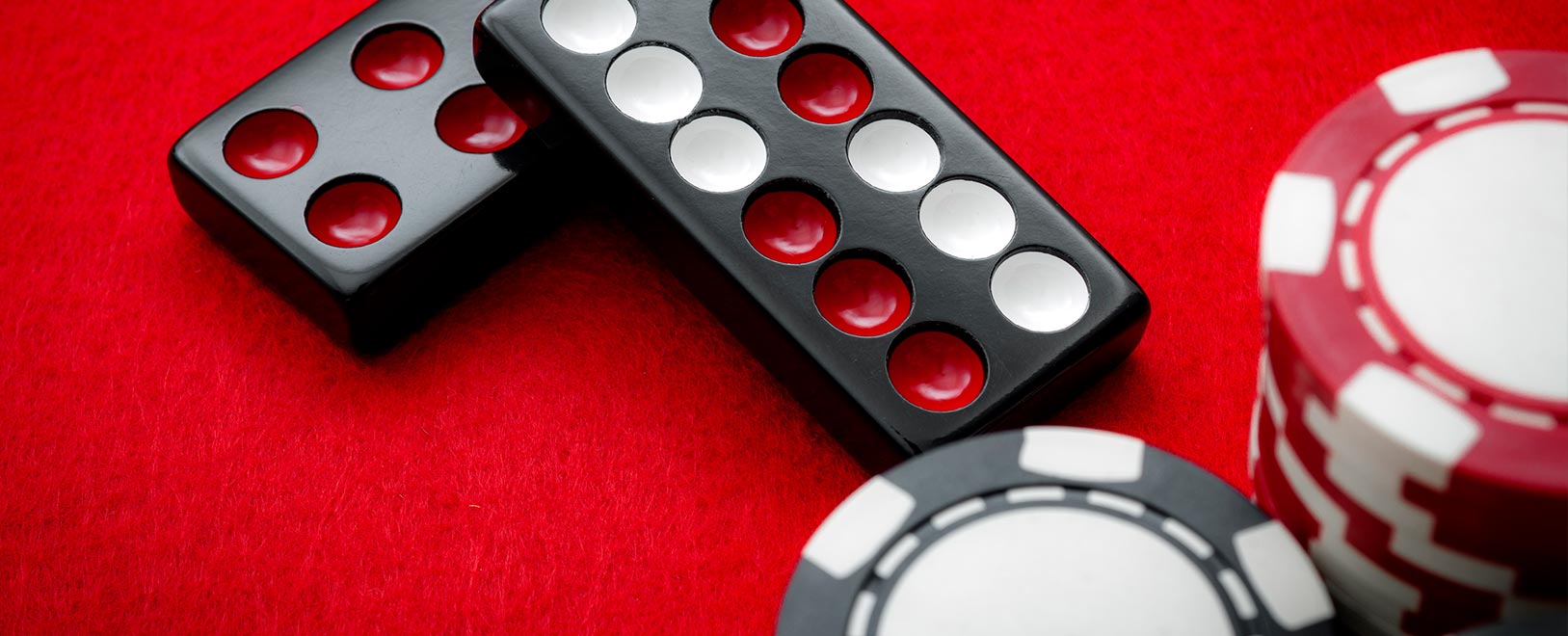Pai Gow Poker Betting Strategy
Published in April 1990, Optimal Strategy for Pai Gow Poker by Sanford Wong is one book to read if you are truly interested in this game. Even though I have not read it myself, the book has been praised for years to offer the best strategies, point out the conditions in which you can beat the game, and how to minimize losses and maximize wins. Pai Gow Poker is always played with a 53 card deck–a standard deck of cards with the inclusion of a joker as a wild card. The goal is to beat the dealer by putting together a better hand. In a game of Pai Gow Poker, everyone is dealt seven cards. Each player then makes two poker hands out these seven cards–a five card hand and a two card hand.
/Holdem-hands-56a105b25f9b58eba4b6c765.jpg)
Pai gow poker is a recent addition to the casinos, and is one of many games that has an Asian origin. A combination of the Chinese game of pai gow (meaning makes nine) and the American game of poker, this game of skill offers players a reasonable chance to win.
In this version of poker, players are not wagering against each other but against the bank, and unlike the original Asian version which is played with dominoes, pai gow poker is played with a deck of cards. The object of the game is for the player to hold two hands of cards that rank higher than the banker's two hands.
Played around a special pai gow table, the table has room for the dealer and six players. The house initially assumes the role of the bank with the dealer as the banker, and then the position moves around from player to player. The role of banker can be declined by any player, and passed on to the next person in line. The role of banker is indicated with a chung that is set in front of that player's area. When the dealer is not the banker, he/she plays the hand as a player.
Pai Gow Poker Game Play
The game is played with a standard 52-card deck and a joker that serves as a wild card in straights, flushes and straight flushes. The joker may also be used as an ace in any hand, and in some casinos may be considered completely wild. The dealer shuffles the deck and deals out seven stacks of seven cards, discarding the remaining four cards.
All bets are made and then the dealer shakes and rolls three dice from a teacup to determine which player will get the first stack of cards. The dealer totals the amount shown in the dice, and then starting with himself, counts around the players at the table in a clockwise motion until he reaches the player who gets the first hand. The remaining hands are dealt out to the players in a counterclockwise motion.

When the players receive their cards, they set them into two hands of five and two cards. The two-card hand is known as the low hand is placed in front of the five-card hand known as the high hand. Each five-card hand is ranked according to the pai gow poker hierarchy which varies only slightly from the standard poker hand hierarchy. The only real difference is that five aces, which are accomplished by adding four aces to a joker, beats out a royal flush and is the highest hand in the game.
| Rank | Hand Name | Description of hand |
|---|---|---|
| 1 | Five Aces | Five aces and a joker |
| 2 | Royal Flush | A, K, Q, J, 10 all of same suit |
| 3 | Straight Flush | Five cards of the same suit in sequence |
| 4 | 4 of a Kind | Four cards of the same rank |
| 5 | Full House | 3 of a Kind and a Pair |
| 6 | Flush | Five cards of the same suit |
| 7 | Straight | Five cards in sequence |
| 8 | 3 of a Kind | Three cards of the same rank |
| 9 | 2 Pair | Two cards of one rank, plus two of another |
| 10 | 1 Pair | Two cards of the same rank |
The hierarchy of two-card hands is much simpler in that the hand is either a pair or it is not. The highest two-card hand is a pair of aces, and the rank of subsequent pairs falls in order from kings down to two's. The same ranking order applies to single cards.
It is the players' responsibility to ensure that their five-card hand has a higher ranking then their two-card hand. If the two-card hand turns out to be higher, the hand is said to be foul and the player automatically loses his bet.

When all the player's cards have been set, the banker's cards are turned face up by the dealer. It is then the banker's job (not the dealer's) to arrange the stack into a two-card hand and a five-card hand. The banker's hands are then individually compared to the players' hands in a clockwise order, starting with the player who received the cards first.

To win, both of the player's hands must beat both of the banker' hands. If the player's two-card hand and the banker's two-card hand have equal poker value, they are said to be copies. The same applies if the five-card hands match in value as well. The banker wins all copies. If one of the player's hands beats the banker's, but the other does not, the result is a tie and no money changes hands.
When a player wins, the dealer uses the banker's money to pay the player even money for their bet. If the player's hand loses, the dealer awards the player's bet to the banker. The house makes its money by taking a 5% commission on each winning bet. The dealer collects the commission from each player that wins a hand, and from the total of the banker's winnings.
STRATEGY
As with blackjack, pai gow poker has some basic strategy guidelines to follow:
| if you hold: | play your hand this way: |
| no pairs, no straight, no flush | 2- use your second and third highest card 5- use your highest card |
| a pair, no pairs, no flush | 2- use your two highest single cards 5- use the pair |
| two pair | if you have a single ace, use the ace in the two-card hand and keep the pairs together in the five-card hand. Otherwise split the pairs as follows: 2- use the lower pair 5- use the higher pair |
| three pair | 2- use the highest pair 5- use the second and third highest pairs |
| straight and two pair | play as two pair, ignore the straight |
| five-card straight | 2- use the two cards not in the straight 5- use the straight |
| six-card straight | 2- use the two highest cards that you can 5- use the remaining straight |
| flush and two pair | play as two pair, ignore the flush |
| other flush | 2- play the highest cards in this hand without breaking up the flush 5- flush |
| full house | 2- use the pair 5- use the three of a kind |
The best way to get an edge in pai gow poker is to be the banker. This is due to the fact that the banker wins all copies. Player's are usually allowed to bank for one or two consecutive hands before passing the role on to the next player. The amount of money that the banker will be risking is limited to what the banker places on the table. The banker may be expected to place enough money on the table to cover all of the player bets, or the banker may be allowed to risk less than what the players in total wish to bet.

Pai Gow Poker Hint
- to break even when the house takes a commission of five percent, you need to bank 6 to 14 times as many dollars as you bet when you are a player
Related Articles
Pai Gow Poker Betting Strategy How To Play
Sports betting is a game of skill. Find out how to gather and analyze data, weigh probabilities, and compare your opinion with the oddsmaker... read more »
Rules Of Pai Gow Poker
Professional bookmaking for horseracing emerged in England during the 1800's. During this period, bookmaking was conducted by various individuals. Regulation as we know it did not exist... read more »